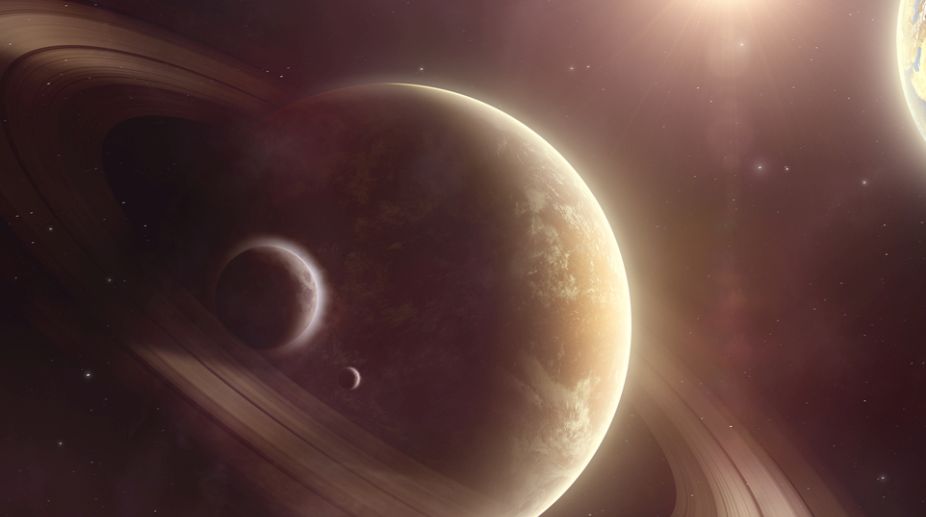Saturn's icy moon Enceladus has an underground ocean of liquid water that may be only a few kilometres beneath the surface – much closer than thought – according to NASA scientists who found that the south polar region of the moon is warmer than expected.
The excess heat is especially pronounced over three fractures that are not unlike the "tiger stripes" – prominent, actively venting fractures that slice across the pole – except that they do not appear to be active at the moment.
Advertisement
Seemingly dormant fractures lying above the moon's warm, underground sea point to the dynamic character of Enceladus' geology, suggesting the moon might have experienced several episodes of activity, in different places on its surface.
The finding confirms the results of an earlier study that estimated the thickness of Enceladus' icy crust.
The studies indicate an average depth for the ice shell of 18 to 22 kilometres, with a thickness of less than five kilometres at the south pole.
"Finding temperatures near these three inactive fractures that are unexpectedly higher than those outside them adds to the intrigue of Enceladus," said Cassini Project Scientist Linda Spilker at NASA's Jet Propulsion Laboratory in the US.
"What is the warm underground ocean really like and could life have evolved there? These questions remain to be answered by future missions to this ocean world," said Spilker.
The study was published in the journal Nature Astronomy.











